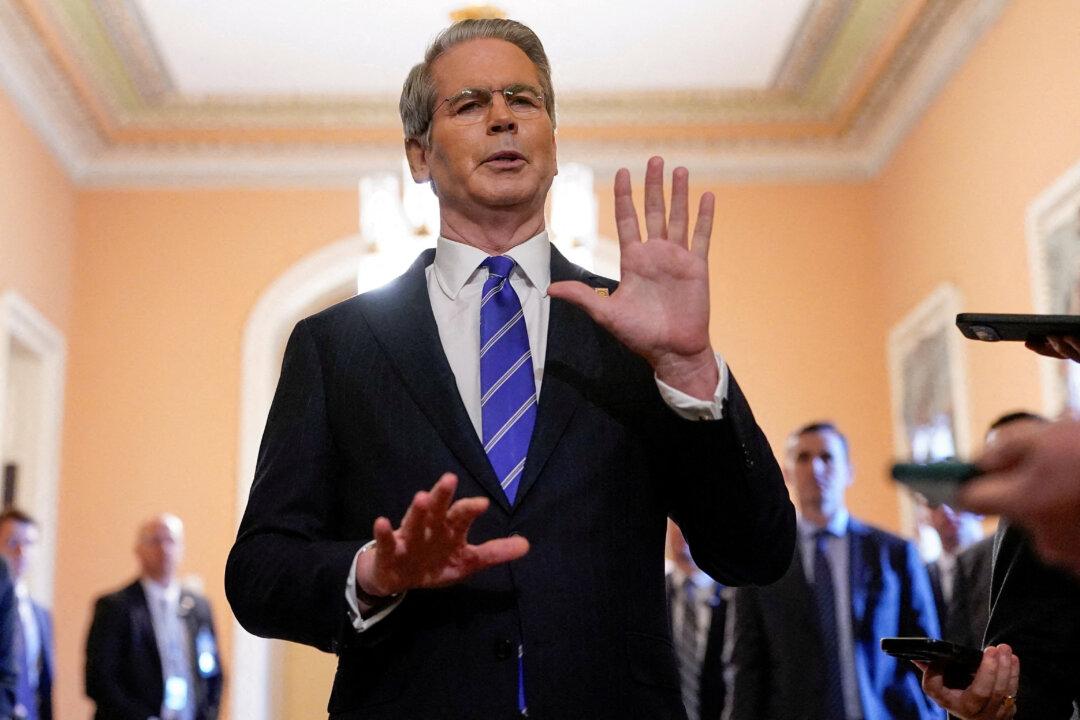NEW YORK–Doing double the good with your charitable dollars sounds like a no-brainer, but investors are just starting to catch on.
A growing number are using special accounts called donor-advised funds, which allow investors to designate assets for charitable giving.






